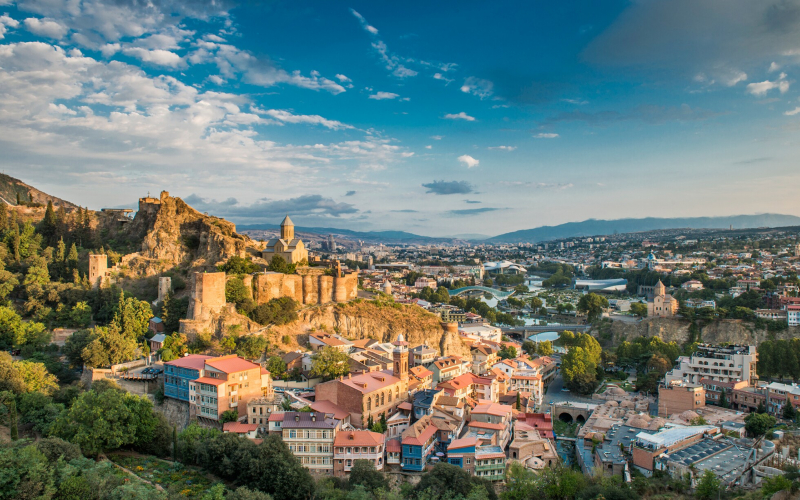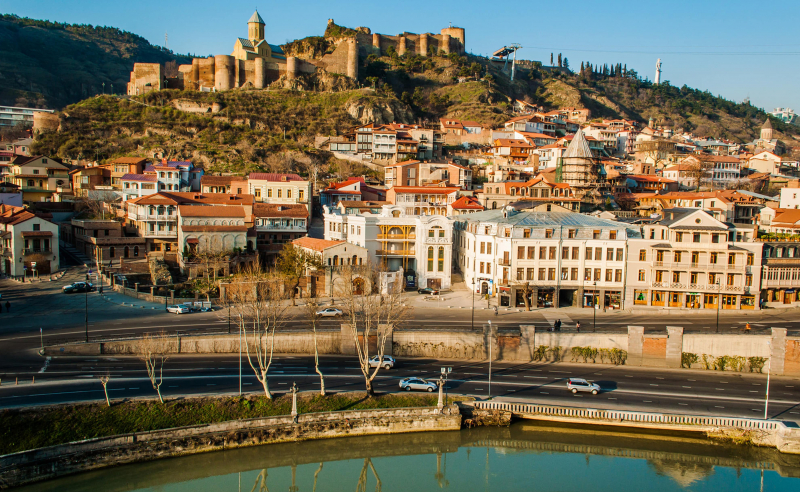Tbilisi's capital charisma

The capital of Georgia is charmingly chaotic. Away from the main thoroughfares, its large, open boulevards narrow to a maze of cobblestone lanes, and old, meandering alleyways demand for attention amid angular glass-and-steel modern architecture. Tbilisi is a city that inspires, from the hanging balconies in the dilapidated Old Tbilisi area to the Persian-style sulfur baths covered in turquoise mosaics, to remarkable Art Nouveau buildings that are falling into ruin and are situated next to cutting-edge glass buildings. This is considered as one of the Reasons to Visit Georgia.
For the clearest understanding of Tbilisi's past, go around the streets of its hillside Old Town. While the city's renowned sulphur baths, or abanotubani, continue to revitalize visitors today, centuries after the restorative hot springs were discovered, many of the buildings have been meticulously restored, their intricately carved wooden verandahs overhanging the once-again-colorful houses below.
Since the fourth century, the Narikala Fortress has guarded the hamlet behind the Old Town. It can now be reached by cable car and provides sweeping views of Tbilisi, including the undulating Bridge of Peace (2010), which was built to honor the end of the conflict with Russia. The striking Kartlis Deda (Mother Georgia) monument from the Soviet era is located just to the west of the stronghold. She holds a bowl of wine to welcome friends and a sword to combat foes as she observes the city with power and generosity.














